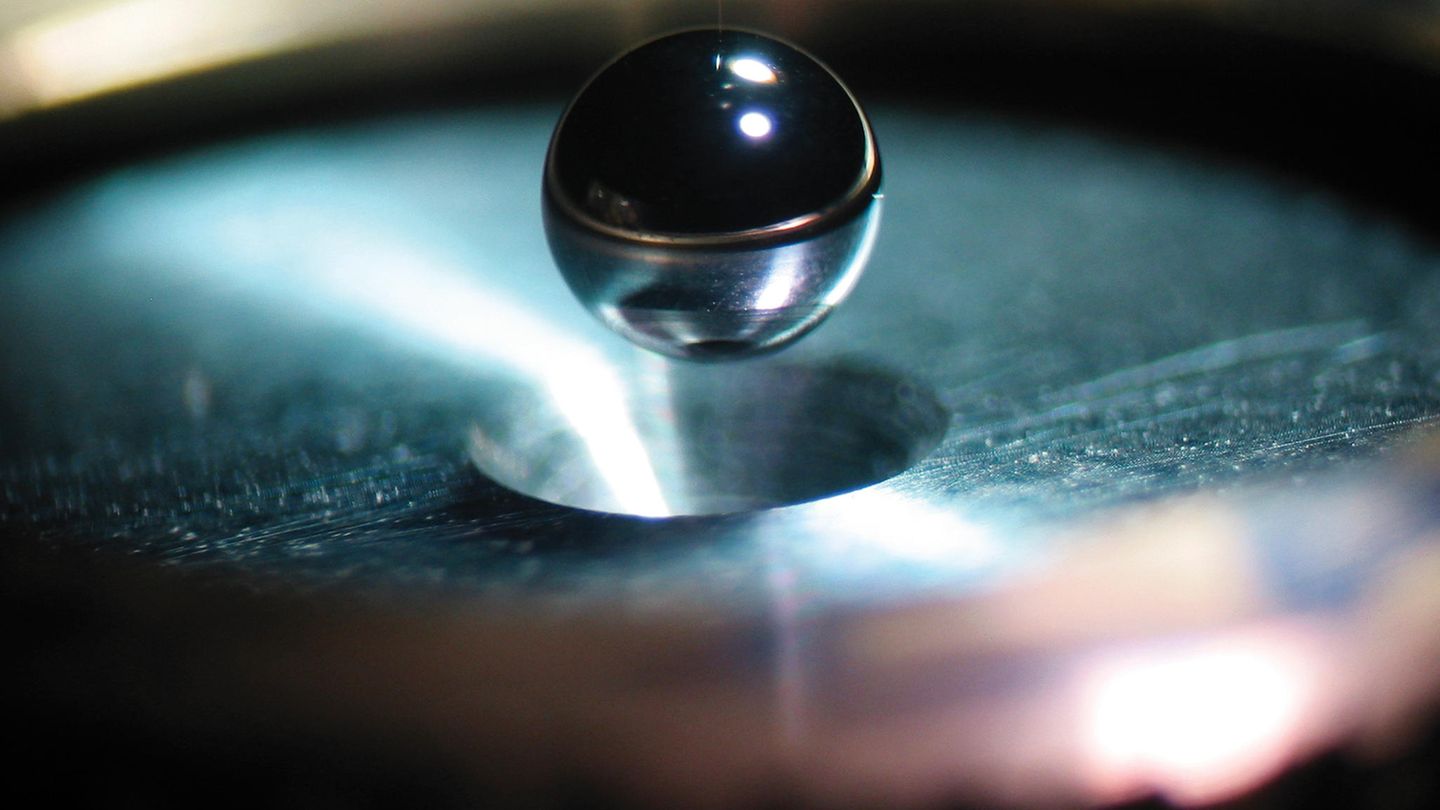Endless energy without pollution, based on the principle of the sun – that is the promise of nuclear fusion. But despite decades of research, the technology seems far away. A breakthrough has now been achieved in a current experiment.
In view of the increasing problems caused by climate change, the dream of nuclear fusion seems more attractive than ever: like the sun, fusion reactors should at some point deliver endless energy without polluting the environment with pollutants. But how exactly this will work is still open. A current experiment now provides new hope.
The research community is enthusiastic about what the National Ignition Facilty – translated as the national ignition system – achieved with a barrage of lasers. Normally, the scientists would not comment on experiments before they were published as a study, said deputy project manager Mark Hermann to the “New York Times”. “But that has spread like a wildfire.”
A breakthrough – but only a small one
What happened? The researchers at the NIF had razed a tiny piece of hydrogen to the ground with 192 laser beams – creating a high-energy shock in the process. The spectacular thing about this experiment: it was hoped that optimization would increase the amount of energy by a factor of three. Instead, eight times as much energy had been generated as before.
“I’m extremely enthusiastic,” said Siegfried Glenzer, a scientist from the SLAC National Accelerator Laboratory, to the newspaper. “This is a promising way for us to create an energy source that does not emit CO2.” Markus Roth from TU Darmstadt, who was involved in the construction of the laser, called the experiment to “Heise” a “milestone in fusion research with lasers”.
The success of the experiment is not the fundamental success of the fusion, but the amount of energy gained from it. Nuclear fusion, in which several atomic parts are fused into a new one in order to trigger a self-reproducing chain reaction, had already been successful in the past. In the current experiment, however, it was possible for the first time to recover almost 70 percent of the energy input by the laser through the reaction.
A long way
Despite the breakthrough experiment, there is still a lot of work to do before nuclear fusion as an energy supplier. And not just because the energy put into it still exceeds that gained. “The experiment shows that the laser fusion principle works in principle,” believes Hermann. The fusion took place, but it would have to last much longer to generate energy. To do this, the giant laser would have to be able to fire at extremely fast intervals. Due to the extreme stress on the material, this is currently only possible once a day.

Nevertheless, the experiment provides plenty of material that can now be used for further research, the experts believe. “After years of trials with only 3 percent energy gain, this is extremely exciting,” “Science” quotes Hermann. The researchers have therefore optimized their experiment basis in several places, for example by removing microscopic bumps in the container used to store the hydrogen and lengthening the duration of the laser pulse. Which of the changes brought success must now be answered as well as the question of whether further adjustments could improve the result even further.
Nuclear fusion has long been regarded as a beacon of hope for clean energy, but has been replaced by other energy generation methods such as wind or solar energy due to the lack of success in recent decades. Accordingly, even governments interested in solving the climate issue are investing little money in research. But that would not stop science, researcher Siegfried Glenzer is pleased to report to the “Times”. “Sometimes the best results come when the financial resources are at their worst.” The current success could trigger a rethink.
David William is a talented author who has made a name for himself in the world of writing. He is a professional author who writes on a wide range of topics, from general interest to opinion news. David is currently working as a writer at 24 hours worlds where he brings his unique perspective and in-depth research to his articles, making them both informative and engaging.




